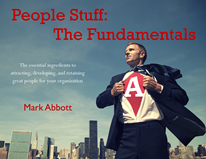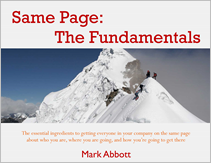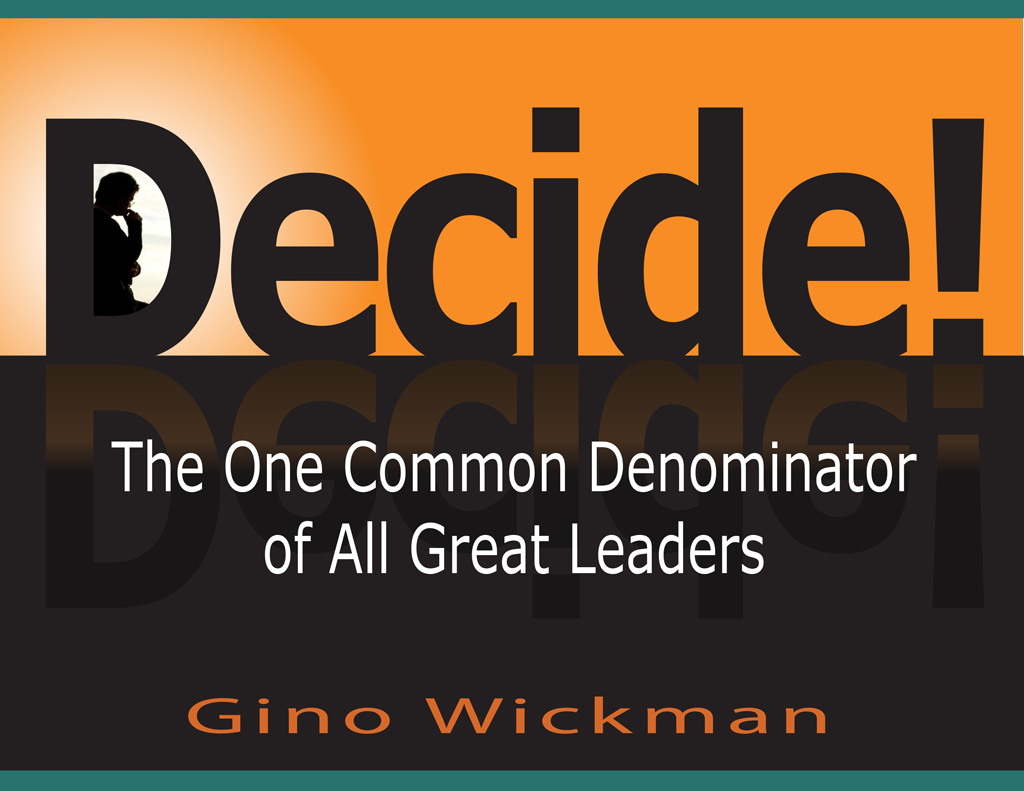“You are the average of the five people you spend the most time with.”
Jim Rohn
While it’s easy to quibble with elements of the broader notion, there is no question there are people who make us better (and vice versa). Doesn’t it make sense to surround ourselves with these people?
My wife, Beth, likes to refer to the people she keeps closest as her “High Five.” She believes a strong High Five enhances our energy, passion, inspiration, enthusiasm, self-worth, hope, and curiosity–that we are simply better people around them. It’s not social climbing; these people just bring out the best in each of us (and hopefully us in them). It’s not a needy thing; it’s more pure. Being with them is similar to having a great meal where we enjoy the total experience and walk away refreshed, not bloated, tired, regretful or still hungry.
I love the High Five notion and submit it as a guiding thought for today’s blog: “What are your organization’s Core Values?”
————————————————————————————————————————
As you may recall, we are now deep into a series on the power of getting the senior leadership team on the Same Page with regard to the answers to Eight Key Questions. Today’s blog focuses on a question to which the answer should never change: “What are your organization’s Core Values?”
So what are Core Values? Core Values are the behavioral norms, or philosophical beliefs, of a person or group. Well-defined and genuinely embraced Core Values:
• Clarify who we are
• Articulate what we stand for
• Guide us on who we hire
• Help explain why we do business the way we do
• Guide us on how to teach
• Inform us on how to reward
• Help us to better understand why some people don’t fit
• Help us let people go
• Unify the whole organization
• Inform our business processes
• Require no external justification
• Endure
As Jim Collins and Jerry Porass masterfully presented in Built to Last, enduring companies are founded by individuals who not only provide their organizations with strong and well-defined philosophical belief systems, but also endeavor to ensure that the systems persevere. Unfortunately, over time, many (maybe even most) organizational belief systems tend to decompose for a host of reasons.
If your organization’s Core Values are no longer clear, or genuine, it is imperative that you and your leadership team remedy this.
The first step is identifying the behavioral characteristics of your organization’s High Five. Use these behaviors to define three to seven characteristics—such as stewardship, collaboration, and enthusiasm—that best represent the Core Values you would love to see dispersed throughout the company. Once you identify, embrace, and live these values (e.g., make them integral to your hiring, firing, rewarding and promoting processes), you will not only be well on your way to creating a healthy and enduring company culture but working with an organization full of High Fives.
A note of caution: like any powerful tool, written Core Values are either accretive or destructive. Strong Core Values absolutely will make a company stronger and easier to manage. Platitudes or inauthentic Core Values make the senior leadership team look weak or worse and literally harm their credibility.
As Mahatma Ghandi said:
“Your beliefs become your thoughts. Your thoughts become your words. Your words become your actions. Your actions become your habits. Your habits become your values. Your values become your destiny.”
Until next time, may you build with passion and confidence.





4 Comments